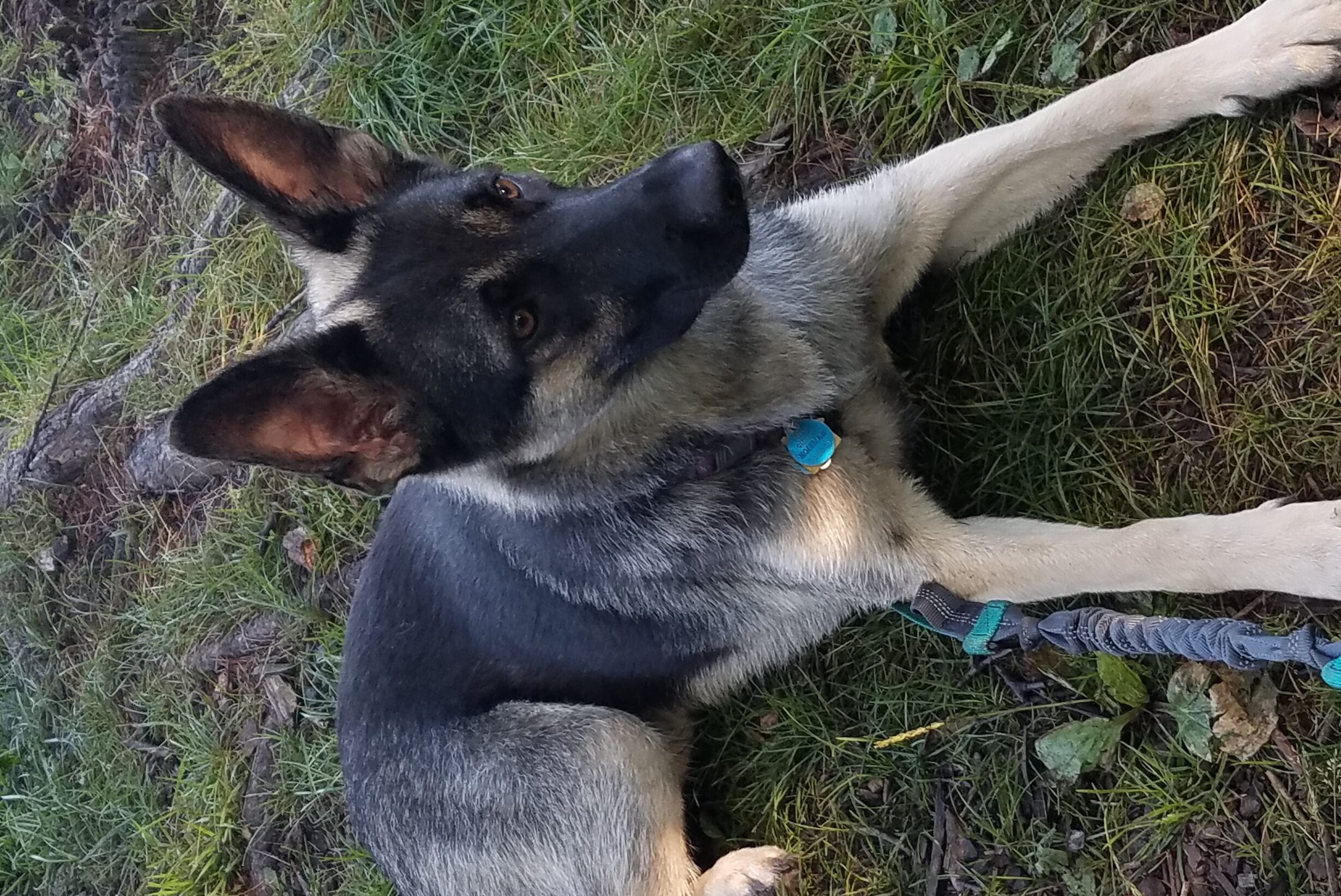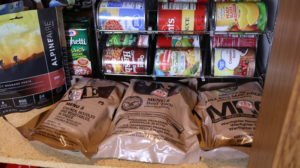When It comes to Prepping we often think of first aid kits; categorizing them by illness or injury, but rarely do we hear of first aid kits for dogs. Certainly, this has crossed my mind over the last few weeks, pulling out first aid kits, making sure they are stocked. What about Mora (our dog), what about other people’s dogs, do they have kits? So I decided to break down our kit and share it because we all know how important our dogs are, and keeping them safe is a huge priority!
Starting out we will go through the basic at-home kit. We will cover a few things to add to the kit if you are hiking, camping, or in the field with your dog at the end.
Main Kit
Wound Care
- Inflatable collar – these are great to help keep your dog from licking a rash, incision, or infection. Having an inflatable one saves you room in your kit as it packs down small. The Kong Cloud comes in sizes xs-xl.
- Deodorizing bath wipes – these can help you clean up a cut so you can get a closer look, or help get rid of dander buildup causing irritation to your pet. Nature’s Miracle is a great brand and is alcohol-free.
- Styptic Powder – great for if you accidentally cut the wick of their nail. It will stop the bleeding right away, styptic powder comes in both unmedicated and medicated to help relieve pain.
- Saline wash – the works best to clean out wounds and get them ready for prep.
- Liquid bandage – for minor cuts. Nutri-vet is the one in our kit. It seals up the cut to prevent dirt or bacteria from getting in. It creates a waterproof film and tastes bitter to prevent licking.
- First aid spray – similar to a liquid bandage, because it protects the wound from dirt and bacteria. This uses collagen to help stop the bleeding and promote healing. I have on hand one from Pet-Ag and has Bittrex in it, deterring licking and biting of the wound. Once dry, you can pair with a nonstick dressing on larger wounds.
- Nonstick dressings – buy a box of your preferred brand and split the dressings between your first aid kit and the dog first aid kit. Putting them in both kits instead of storing them in one or the other, ensures you have what you need when grabbing either kit.
- Bitter Bandage – you can use any self-adhering wrap, but again the bitterness deters dogs from chewing their injury. Nutri-vet is the brand I have on hand.
- Pain medication – the most common option for this is aspirin. Nutri-Vet makes this in different sizes and doses according to pet size. While another option is a company called Licks, which has many supplements, including a pain reliving one that comes in liquid treat form.
- A muzzle – muzzle training is a good thing to do with all dogs, because in the case of an emergency when they are in pain, you don’t know how they’ll react. A muzzle can be a good way to keep everyone safe and get your dog attended to faster. If they are muzzle trained prior, it will make muzzling in an emergency less stressful and better all around.
Other First Aid Items
- Eyewash and Ear wash – there are many products for either or (Nutri-Vet ear cleanse is my preference, Burt’s Bees saline eyewash is my preferred eye rinse.) However, I recently discovered a product that is antimicrobial and made for both ears and eyes, saving you space in your kit. This dual-purpose solution is Theracyn Antimicrobial Ear and Eye Wash.
- Pet Pectillin – this helps to relieve diarrhea for your dog and replaces electrolytes they’ve lost from having diarrhea.
- Canned pumpkin – this helps with the opposite problem. If your dog has constipation a tablespoon of pumpkin puree (not pumpkin pie filling) will help get things moving. Another option is to keep powdered pumpkin on hand and mix it as needed. That way, you won’t waste any either.
- First aid book pertaining to dogs – consequently, having a quick reference to guide you through situations can be very helpful in stressful moments. They come in pocket guides for a quick reference or larger books for more in-depth knowledge.
For On The Go
When creating a first aid kits for dogs when you’re in the outdoors (hiking camping, in the field training or hunting) I would grab the wound kit as a base (minus the inflatable collar). Also, to the wound care kit, add the following:
- A safety vest- this makes your dog high visibility and lets others know that what they see moving through the woods is not a threat or prey.
- Boots – you can use these as a preventative measure to keep your dog from hurting their paws on rocks or very hot surfaces. Furthermore, you can also slide the boot over and injury on their foot to prevent them from messing with it.
Hopefully, this break down of our dog-geared first aid kit helps you get started on your own! If you already have a first aid kit for your dog, how similar is it to ours? Is there anything missing from our list that you would add?























